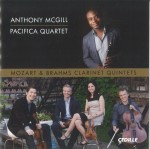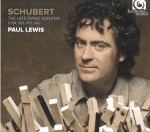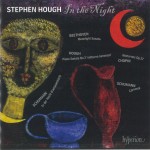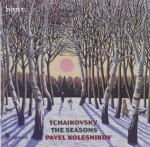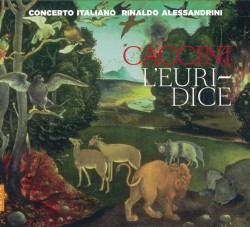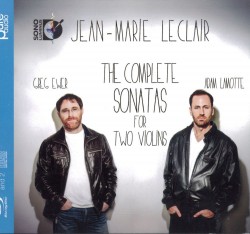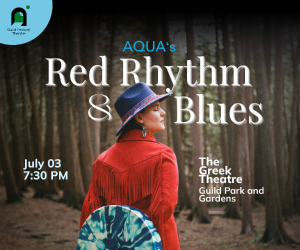Beethoven – Piano Concertos 3 & 4 - Maria João Pires; Swedish RSO; Daniel Harding
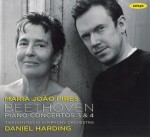 Beethoven – Piano Concertos 3 & 4
Beethoven – Piano Concertos 3 & 4
Maria João Pires; Swedish RSO; Daniel Harding
Onyx 4125
Certainly there is no paucity of fine recorded performances of these two concertos. However here we have an outstanding newcomer that, for these ears, sweeps the field. Over the past four decades, Pires has established herself as a consummate and refined Mozart interpreter, demonstrating a profound musical approach with playing that is articulate and sensitive. Applied to her Beethoven these qualities illuminate in a pure classical Mozartian approach, particularly in the Third Concerto. In the Fourth the romantic Beethoven breaks out of the Mozartian boundaries. Pires plays throughout with exceptional taste; it is as if she were “talking” the music to us. The results are so persuasive that I found myself rehearing and re-hearing the two performances and wondering if I would want to listen to any other recording of this repertoire.
Another of the joys of listening to these recordings is the complete accord throughout between conductor and soloist. It is a hand-in-glove partnership. The style and balances of the orchestra are very much in the manner of the Deutsche Kammerphilharmonie, Bremen of which Harding was the conductor from 1999 to 2003. The performances are well served by the splendid production values.


